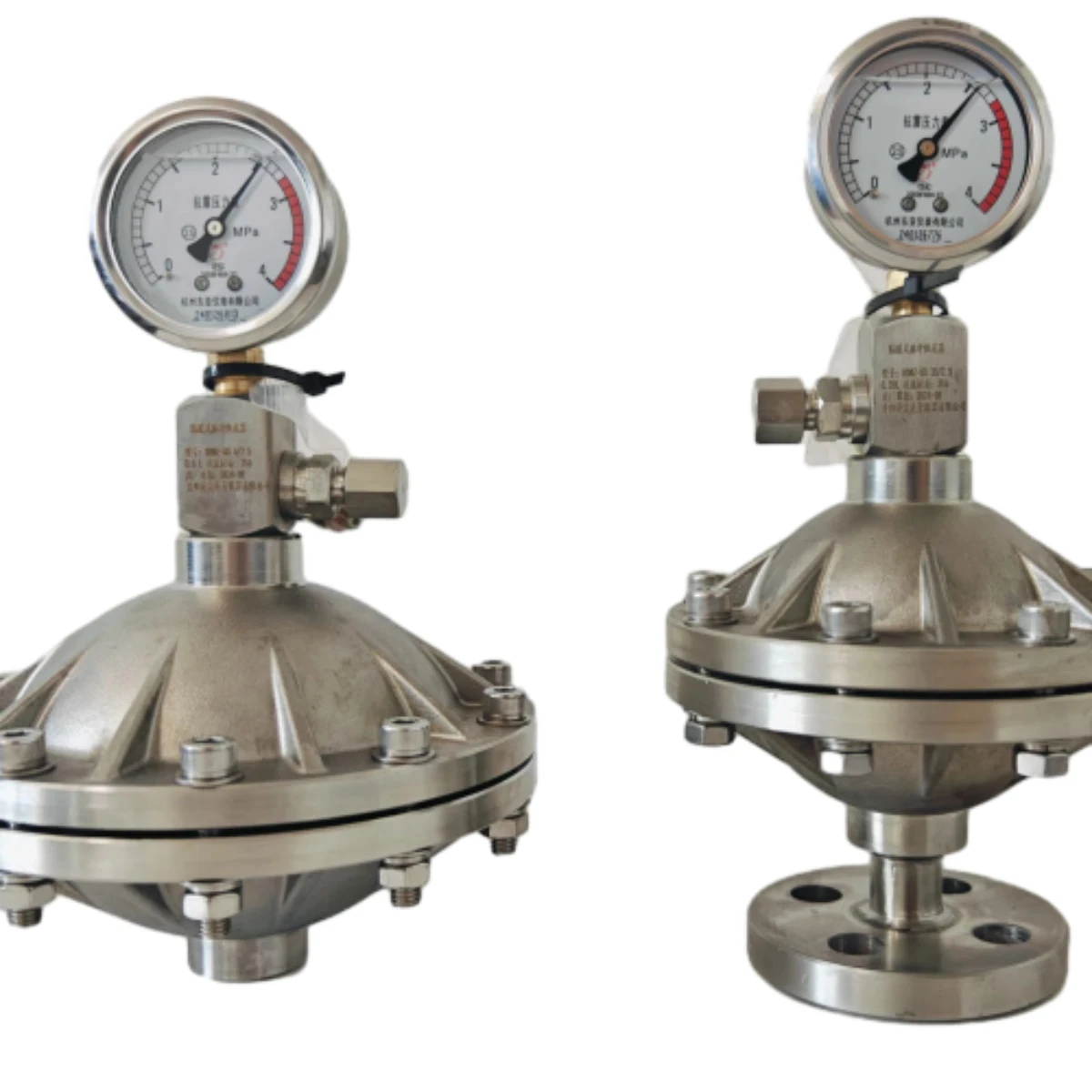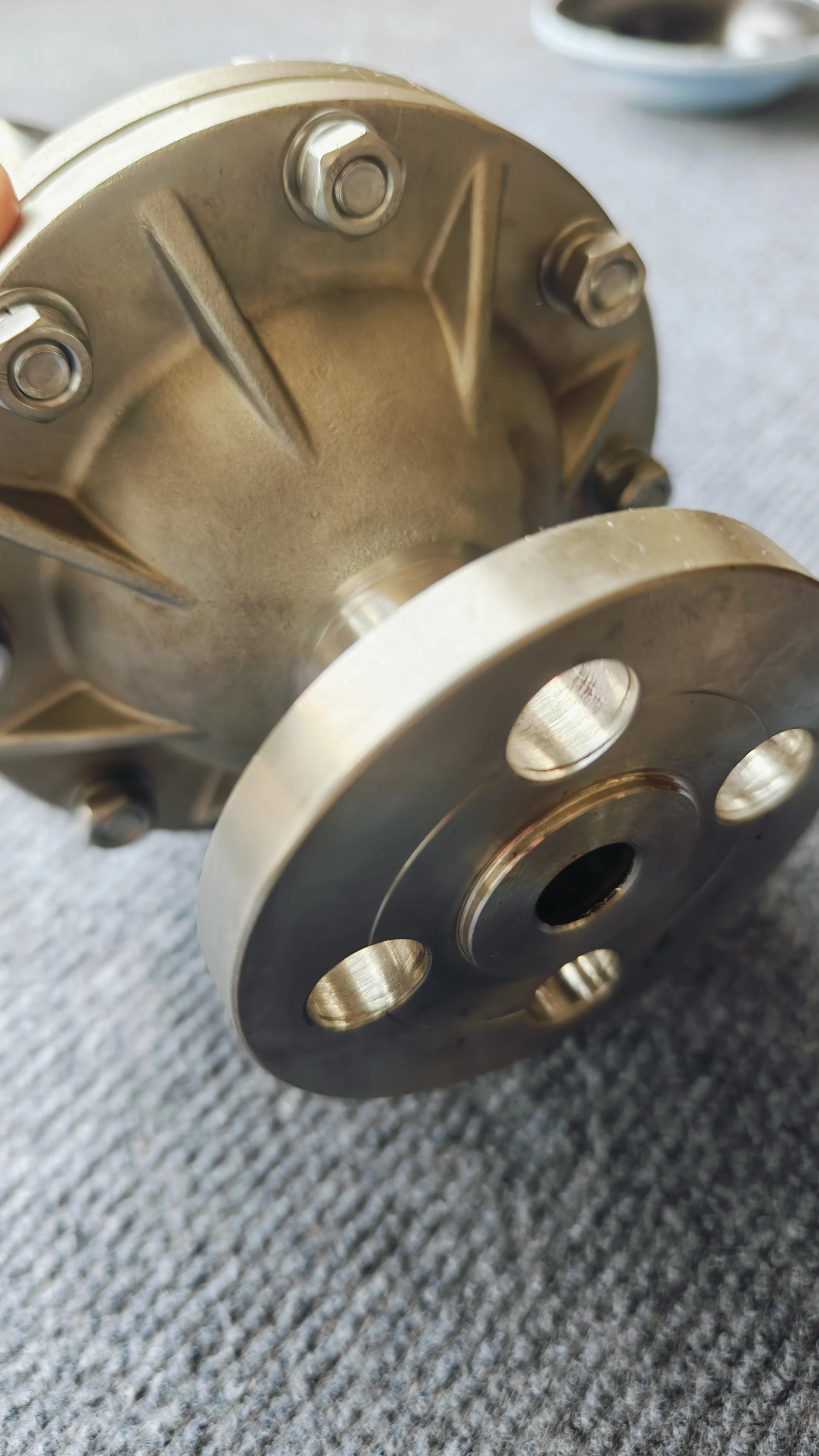Maizhuang Daoshu Town, Danyang City , Jiangsu P, China +86-511 86675547 [email protected]
Ever wondered how car brakes, cranes, and elevators operate so smoothly? If so, then perhaps you are wondering about diaphragm accumulators. These are crucial components of hydraulic systems that help store and release energy to help machines work in the first place.
A diaphragm accumulator is a pressure storage reservoir in which a very thin diaphragm is the only separation between the fluid and the compressible gas. It’s made from metal, with a rubber diaphragm on the interior and hydraulic fluid within. The rubber diaphragm is stretched by the force applied to the system's hydraulic fluid. That is, it holds what is essentially potential energy that can be released later.
The diaphragm accumulator discharges the power when a machine requires more power. It directs the hydraulic fluid out into the machine, which makes it possible for the machine to lift heavy objects or move with precision. As the pressure drops, the diaphragm returns to its original shape, ready to store energy once more.

In a diaphragm accumulator, two chambers are divided by the rubber diaphragm. One of the sections is full of hydraulic oil and the other is linked to the hydraulic system of the machine. When light pressure hits it, it presses against the diaphragm causing it to expand and store energy. When the machine requires power, the diaphragm forces the hydraulic fluid out into the system.

Several factors can determine how well a diaphragm accumulator performs. The size of the accumulator, type of hydraulic fluid, pressure applied and the condition of the diaphragm are all factors. It works smoothly only if it is maintained well and is to be checked often.

There are many advantages to using diaphragm accumulators. They’re small, capable of holding a lot of energy, and they respond quickly. They are also less maintenance than other types. But they can be sensitive to variations in temperature, possibly influencing how they function in extreme weather.